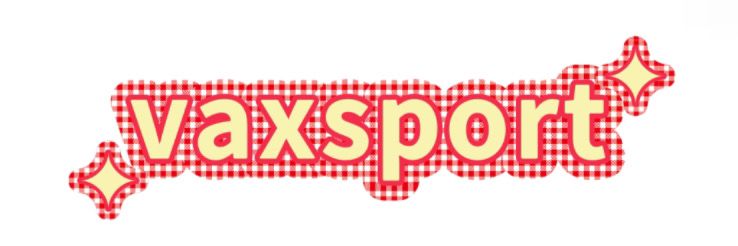What Features Should I Look For in a Pleating Machine?
May. 13, 2025
Understanding the Basics of Pleating Machines
Pleating machines are specialized tools that help create uniform folds in fabrics, an essential process in fashion design and textile production. When considering the right machinery for your needs, particularly an automatic computerized pleating machine, it’s crucial to know what features enhance efficiency, flexibility, and ease of use.
If you are looking for more details, kindly visit automatic computerized pleating machine.
1. Automation Features
One of the primary advantages of an automatic computerized pleating machine is its automation capabilities. Look for machines that can handle various tasks such as cutting, folding, and adjusting tension without manual input. Automated settings save time and error, ensuring that every pleat is consistent.
For instance, some advanced models allow users to program specific pleating patterns that can be saved and reused, providing flexibility for different projects. This feature is invaluable if you're frequently switching between styles or fabric types.
2. Customization Options
Another important feature to consider is the customization options available on the machine. The ability to adjust settings such as fold depth, width, and spacing will empower you to create various styles of pleats—from crisp knife pleats to soft, flowing pleats.
When scouting for a machine, look for options that allow you to input exact measurements or select from pre-set patterns. This adaptability can dramatically enhance your creative possibilities and streamline production.
3. User-Friendly Interface
A complex machine can be daunting, especially for those new to pleating. Therefore, a user-friendly interface becomes an indispensable feature of any automatic computerized pleating machine. Look for machines with touchscreen controls or intuitive software that minimizes the learning curve.
Moreover, many modern pleating machines provide tutorials or support resources, ensuring that you understand how to operate them effectively. A good interface not only makes operation easier but also enhances productivity by reducing setup time.
4. Speed and Efficiency
Speed is often a decisive factor in choosing a pleating machine. Depending on your production needs, you’ll want a model that can produce high volumes without sacrificing quality. Some machines boast impressive speeds where hundreds of meters of fabric can be pleated in a short time.
However, remember that efficiency shouldn't come at the expense of precision. Always check for reviews or case studies from other users to ensure the machine holds up under pressure while still delivering flawless results.
5. Durability and Build Quality
Investing in a pleating machine is often a sizable commitment, so you want to ensure that it will last. A sturdy construction made from high-quality materials can withstand the rigors of continuous use. Pay attention to features such as reinforced motors, solid frames, and reliable hardware.
Additionally, consider purchasing from reputable brands known for their durability and after-sales service. Machines with warranties or service agreements can offer peace of mind regarding maintenance and repairs.
6. Maintenance and Support
Like any machinery, pleating machines require maintenance to maintain optimal performance. Look for an automatic computerized pleating machine that offers easy access to parts and clear maintenance instructions. Some manufacturers provide comprehensive support and resources for troubleshooting, which can be a lifesaver in a pinch.
Before making a purchase, inquire about the availability of service centers and whether they offer remote support options, as this could save you considerable time and headaches down the line.
FAQs About Pleating Machines
What is the difference between manual and automatic pleating machines?
Manual machines require operator input for each pleat, leading to potential inconsistencies, whereas automatic machines streamline the process through software programming and automation, ensuring uniformity.
Can I use a pleating machine for different types of fabric?
Yes! Most modern automatic computerized pleating machines are designed to work with a variety of materials, including wovens, knits, and even some heavier fabrics. Always check the manufacturer's specifications for compatibility.
How much should I budget for a pleating machine?
Pricing can vary widely based on features and brand. Entry-level models can start from a few thousand dollars, while advanced, fully automated machines may cost significantly more. Assess your needs and budget accordingly.
Are there pleating machines that can handle large production volumes?
Absolutely! Many automatic computerized pleating machines are specifically designed for high-volume production, making them ideal for large fashion houses or manufacturing settings.
In conclusion, selecting the right automatic computerized pleating machine is essential for achieving excellent fabric results. By focusing on automation, customization, user-friendliness, speed, durability, and maintenance, you can make an informed decision that aligns with your creative and business needs. Happy pleating!
Want more information on Computer Pleating Machine? Feel free to contact us.
710
0
0


Comments
All Comments (0)